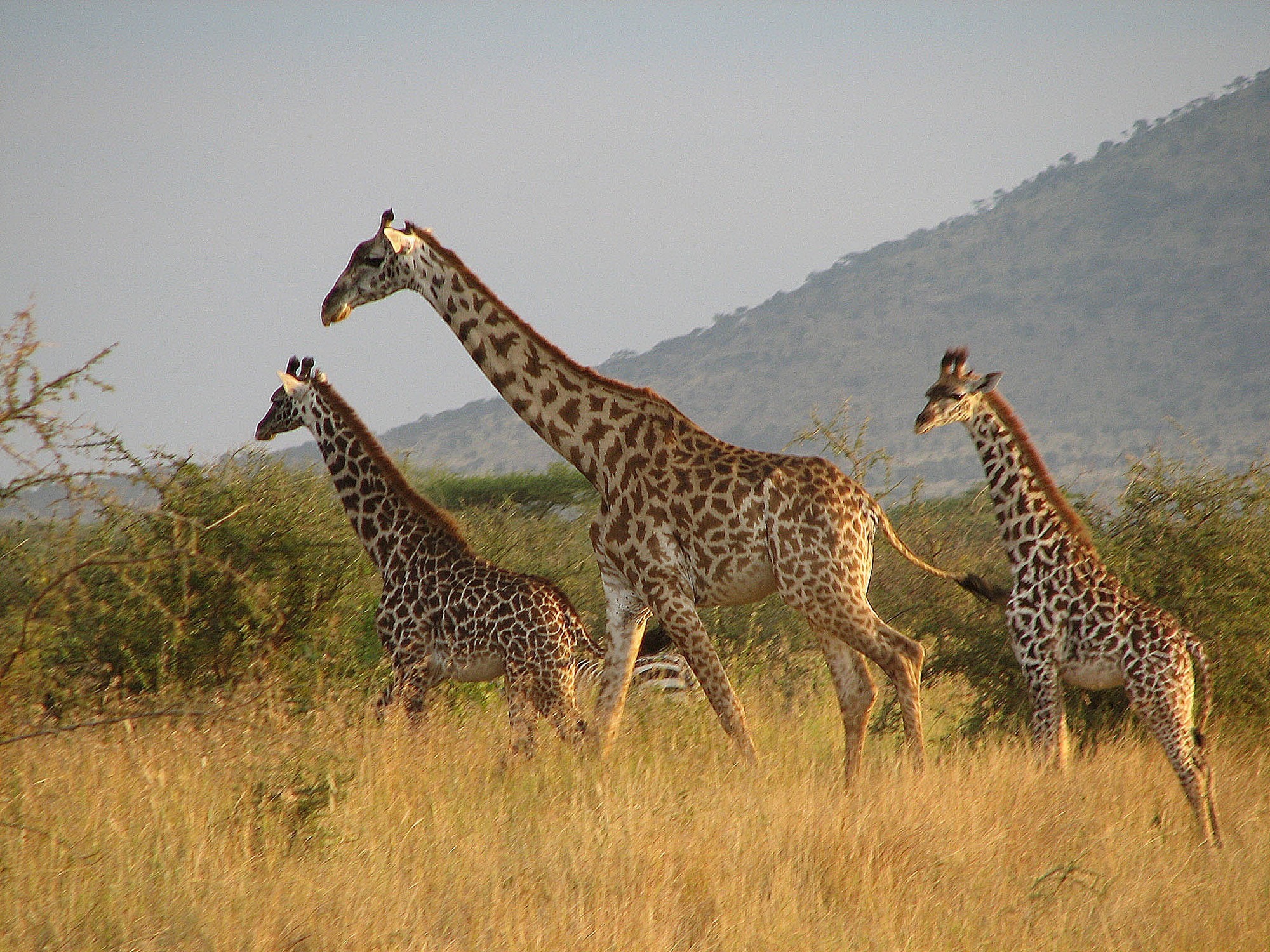The Diffent between Northern and Southern Tanzania Safari
Tanzania is a land of diverse wildlife and breathtaking scenery, making it one of the most popular safari destinations in the world. The country is home to several national parks and reserves, each with its own unique attractions and experiences. However, when it comes to choosing between northern Tanzania safari destinations and southern Tanzania destinations, there are several factors to consider. This article will explore the differences between the two regions in terms of infrastructure, lodges and camps, crowdness, attractions, prices, and value for money.
Infrastructure
Northern Tanzania, which includes parks such as Serengeti, Ngorongoro, and Tarangire, has better infrastructure than the southern parks. The roads are well-maintained, and there are several airstrips and airports, making it easier to access the parks. The northern parks also have more developed tourism facilities, such as lodges and campsites, and there are more options for guided tours and activities.
Southern Tanzania, on the other hand, is more remote and less developed. Parks such as Selous and Ruaha are located further from major cities, and the roads can be rough and challenging, especially during the rainy season. However, this also means that the parks are less crowded, and visitors can enjoy a more authentic wilderness experience.
Lodges and Camps
Both northern and southern Tanzania offer a range of accommodation options, from budget-friendly campsites to luxury lodges. However, the northern parks have more options and a wider range of prices. The lodges and camps in the northern parks are generally more luxurious and offer more amenities, such as swimming pools and spa facilities. However, they can also be more expensive, especially during peak season.
In contrast, the lodges and camps in the southern parks tend to be more rustic and eco-friendly, with a focus on environmental sustainability. While there are fewer options, the lodges and camps in the southern parks offer a more authentic and intimate wildlife experience.
Crowdness
The northern Tanzania parks are more popular with tourists, and as a result, they can be quite crowded, especially during peak season. This can detract from the wilderness experience, as visitors may feel like they are competing for space with other tourists. However, the northern parks also offer a range of activities and tours, which can help visitors avoid the crowds.
In contrast, the southern Tanzania parks are much less crowded, and visitors can enjoy a more peaceful and secluded wildlife experience. This is especially true for parks such as Selous, which is one of the largest game reserves in Africa. Here, visitors can enjoy a more exclusive and intimate safari experience, with fewer other tourists around.
Attractions
Both the northern and southern Tanzania parks offer a range of wildlife attractions, including the Big Five (lion, elephant, buffalo, leopard, and rhinoceros). However, each region has its own unique attractions.
The northern parks are famous for the annual wildebeest migration, which is one of the most spectacular wildlife events in the world. The migration takes place in the Serengeti National Park and involves millions of wildebeest, zebras, and gazelles moving across the plains in search of water and fresh grazing. The Ngorongoro Crater is also a popular attraction, offering visitors the chance to see a wide variety of wildlife in a stunning natural setting.
In contrast, the southern parks are known for their wild and remote landscapes, as well as their diverse wildlife populations. Parks such as Selous and Ruaha offer visitors the chance to see rare and endangered species such as African wild dogs, as well as a variety of birdlife.
Prices and Value for Money
Overall, the northern Tanzania parks tend to be more expensive than the southern parks. This is due to their popularity with tourists, as well as the higher cost of accommodation and other facilities. However, visitors to the northern parks can also expect a higher level of service and amenities, which may justify the higher cost for some travelers.
In contrast, the southern Tanzania parks offer better value for money, with lower prices for accommodation and tours. Visitors can enjoy a more authentic and exclusive safari experience, without breaking the bank.
Conclusion
In summary, both the northern and southern Tanzania parks offer unique and exciting safari experiences, each with its own advantages and disadvantages. The northern parks offer better infrastructure and more developed tourism facilities, as well as famous attractions such as the wildebeest migration. However, they can also be crowded and expensive. The southern parks, on the other hand, offer a more authentic and exclusive safari experience, with less crowded wildlife areas and lower prices. Ultimately, the choice between northern and southern Tanzania will depend on the individual preferences and priorities of each traveler.

